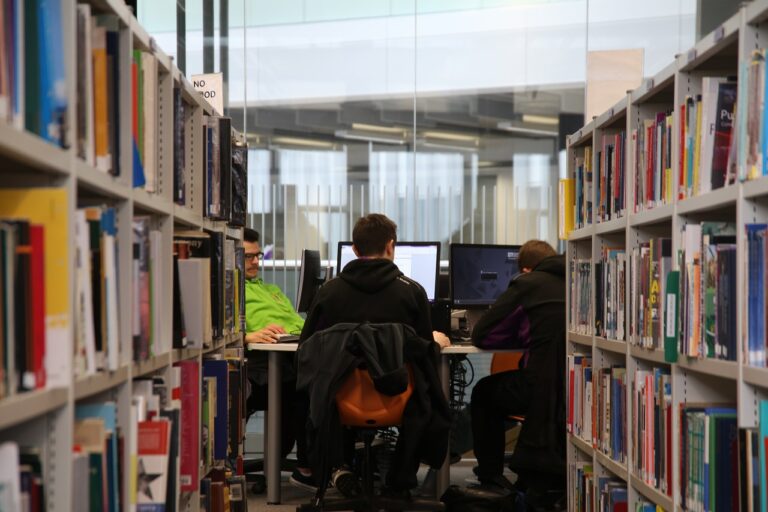Leveraging Technology for Authentic Assessment in Project-Based Learning
Traditional assessment methods present significant challenges when applied to project-based learning environments. One of the main issues lies in the limited scope of traditional assessments, which often focus on rote memorization and regurgitation of facts rather than emphasizing critical thinking and problem-solving skills. This mismatch in assessment goals can undervalue the complex and multifaceted learning experiences that project-based learning aims to cultivate.
Furthermore, traditional assessments tend to promote a fixed mindset among students, where success is measured by a numerical grade rather than by the process of learning and growth. This can create a competitive atmosphere that discourages collaboration and creativity, key components of project-based learning. As a result, students may prioritize “getting the right answer” over exploring innovative solutions and thinking outside the box, ultimately limiting the depth of their learning experience.
Benefits of Using Technology for Authentic Assessment
Technology offers a myriad of benefits when it comes to authentic assessment in project-based learning settings. One significant advantage is the ability to provide timely and constructive feedback to students. With digital tools, educators can easily assess student work in real-time and offer personalized feedback that helps students understand their strengths and areas for improvement.
Moreover, technology allows for the creation of interactive and engaging assessment activities. Through the use of multimedia elements, simulations, and online platforms, students can showcase their skills and knowledge in a more dynamic and creative manner. This not only enhances the assessment experience for students but also provides a more comprehensive view of their learning progress for educators.
What are some challenges of traditional assessment methods in project-based learning?
Some challenges include limited opportunities for students to demonstrate real-world skills, difficulty in providing timely feedback, and the potential for subjective grading.
How can technology help address these challenges in authentic assessment?
Technology can provide platforms for students to showcase their work in a variety of formats, allow for immediate feedback through automated grading or peer review features, and offer more objective assessment criteria.
What are some benefits of using technology for authentic assessment?
Benefits include increased engagement and motivation among students, opportunities for personalized learning experiences, and the ability to assess a wider range of skills beyond traditional academic subjects.
How can teachers integrate technology into their assessment practices?
Teachers can explore various digital tools and platforms that support authentic assessment, provide training and resources for students to use technology effectively, and continually reflect on and refine their assessment strategies.






